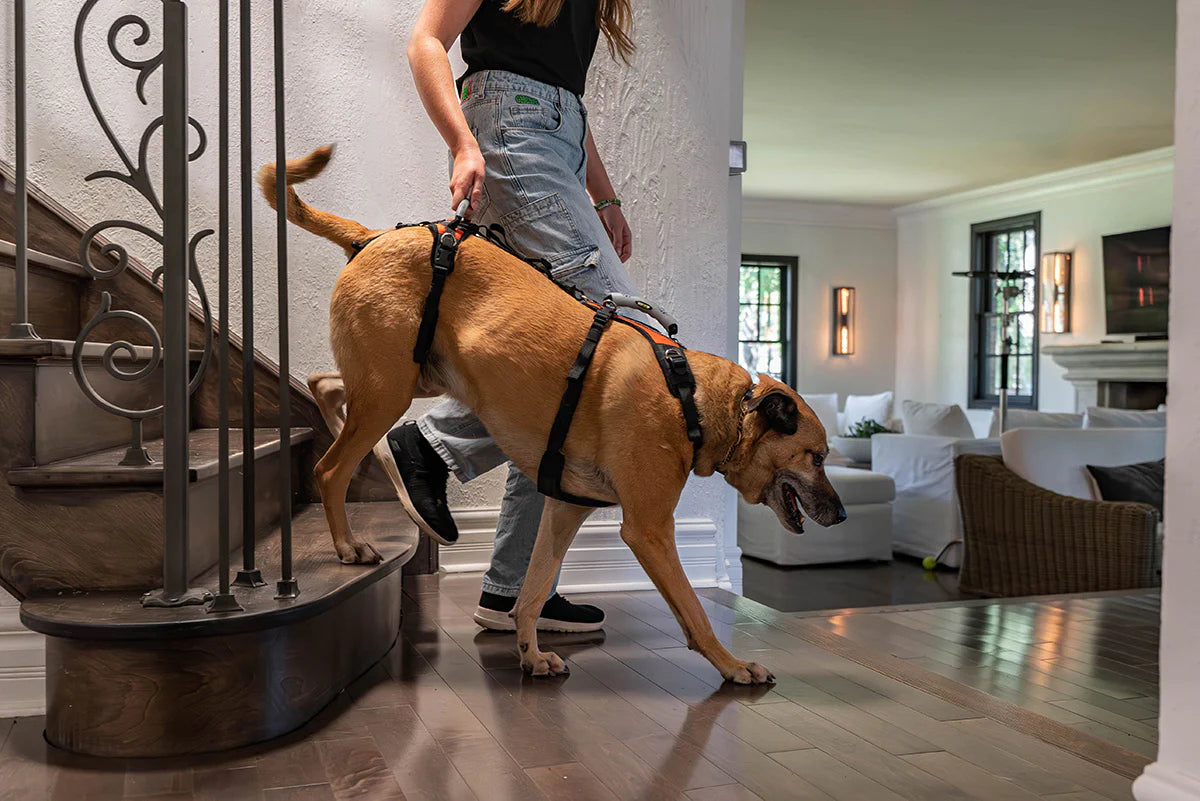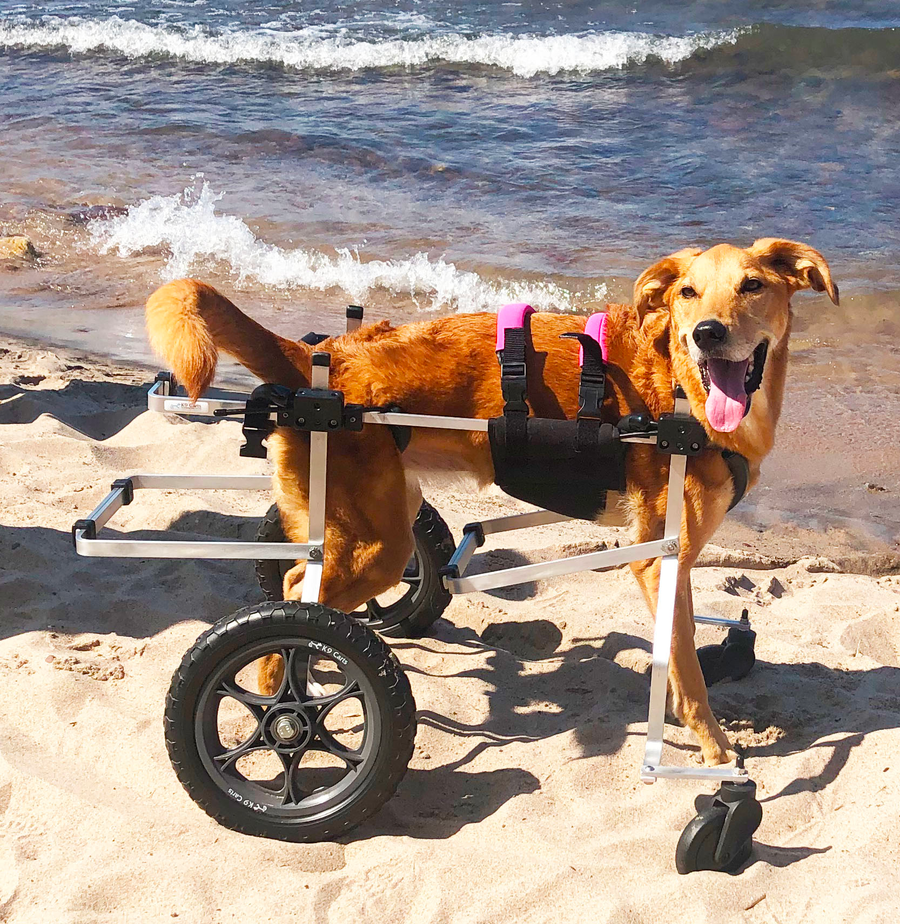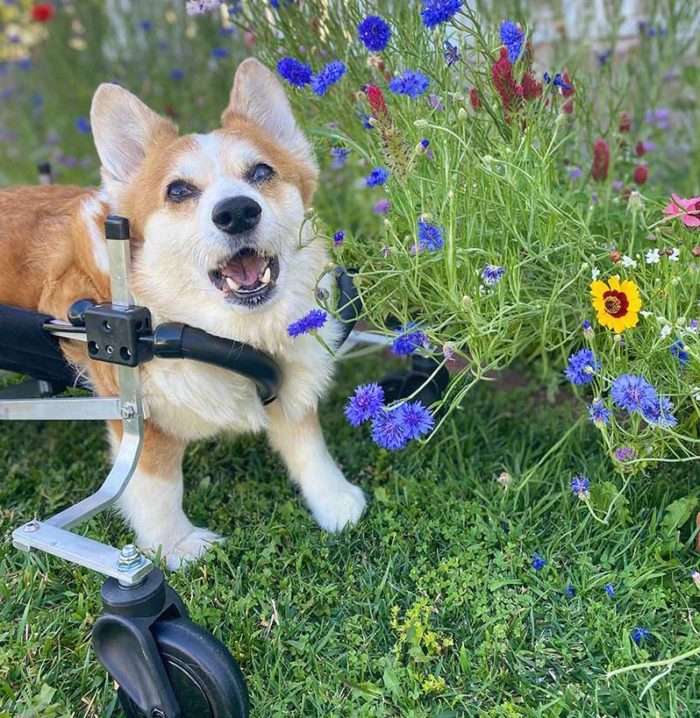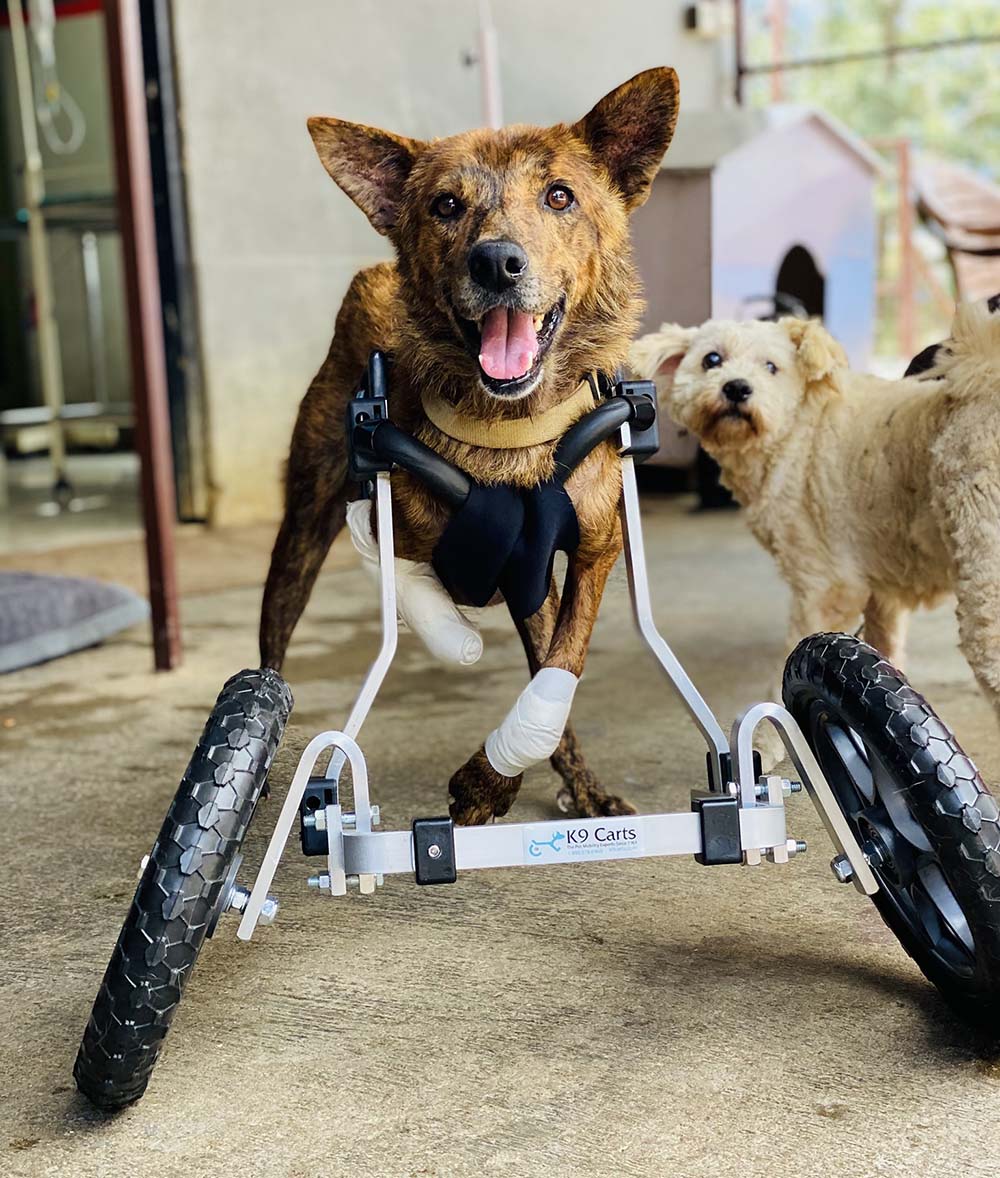Pug Health Problems
Your pug is a small, sociable dog with a big personality. Your pug loves to socialize with people and other dogs, and is a playful companion for children. Pugs were bred to be companions to high-born families in China, and then were introduced to Europe to serve the same purpose.
Like all dog breeds, Pugs develop some diseases more often than other types of dogs. Pugs are particularly prone to respiratory and eye disease due to their distinctive flat faces. They are also at particular risk of degenerative myelopathy and developing herniated discs.
Respiratory Problems in Pugs
Like bulldogs and Shi Tzus, Pugs are a brachycephalic breed—that is, they have a flat face. Brachycephalic dogs have smaller airways than other dogs, and it’s easy for their nostrils to become obstructed.
Brachycephalic dogs usually find it easier to breathe through their mouth than their nose. That’s why Pugs make distinctive wheezing, panting, and grunting sounds. All Pugs are brachycephalic, but some require surgery to open their airways fuller so that they can live a life full of the play they enjoy so much.
Over time, Pugs can develop inflammation in their airways or other parts of their upper respiratory system. Signs that your dog might be developing some sort of airway complication include fainting spells, reduced energy, and trouble exercising. If you notice your Pug is having a harder time than usual getting around, take them to the vet.
Eye Problems in Pugs
You’ve probably noticed your Pug’s big, bulging eyes. They’re one of the friendliest parts of their happy, playful faces. Those big eyes are another product of brachycephaly.
Pugs can easily develop infections in the folds of skin around their eyes, especially if they are not bathed often. They might also have faulty tear ducts. They might overproduce tears, which can increase risk of infection. They could also underproduce tears, and have dry eyes that require eye drops. Some Pugs might also have eyelashes that bend inward and irritate their eyes.
Your Pug is also vulnerable to external eye damage. Take care to protect your Pug from objects that could scratch or even pop out their eyes: make sure that they don’t wrestle too hard with other dogs. Take care to keep your home and yard clear of any Pug-level obstacles that they could run into.
If your Pug is squinting or rubbing at their eye, this could be a sign of a corneal ulceration. Schedule an appointment with your vet to make sure.
Degenerative Myelopathy in Pugs
Degenerative myelopathy is a nerve disease that starts in a dog’s spinal cord. The first sign of the disease is loss of motor function in the hind legs.
Over time, the nerve damage will get worse. Your Pug might struggle to get up, since the disease causes muscles to atrophy. Your dog could even lose bowel and urinary control. Dogs with degenerative myelopathy can become paralyzed by the disease.
There is no cure for degenerative myelopathy. But if your Pug gets the disease, you can take a few steps to give them a better quality of life.
Kinesiology tape can help dogs with degenerative myelopathy. A comfortable bed will be a big help, since they’ll be spending a lot of time in it. Cleaning and trimming them often will help prevent bedsores.
Pugs that become partially paralyzed by degenerative myelopathy are possible candidates for wheelchairs. Rear support dog wheelchairs like the ones we build at K9 Carts can help your dog stay mobile and preserve their quality of life.
Slipped Discs in Pugs
Pugs are particularly prone to back problems, especially herniated discs. Pugs have long bodies and short legs, which can cause stress on their spine. As Pugs age, accumulated pressure on the spine can cause dogs to develop painful disabilities.
Dogs’ spines are very similar to humans’. Dogs have disc-shaped cushions that absorb shocks and separate their vertebra. When those cushions slide out of place, they cause the dog a great deal of pain. The condition, known as slipped or herniated discs, can even cause nerve damage.
Slipped discs are another ailment that can be mitigated or treated by getting your dog a wheelchair. Surgery may also be necessary to preserve your Pug’s quality of life if they have a slipped disc.
Consult Your Vet
This guide doesn’t list every health problem that could affect your Pug, but it can give you an idea of what could be causing them discomfort, and how to prevent it. Remember—if your dog has any of these problems, they should be treated by a veterinarian.
Learn More About Your Pug’s Health
How to Protect the Eyes of Pekingese, Pugs, Bulldogs, and Other Short-Nosed Breeds — VetStreet
Brachycephalic Syndrome — VetStreet
What is a brachycephalic dog? —VeterinaryExpert









